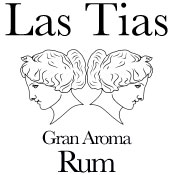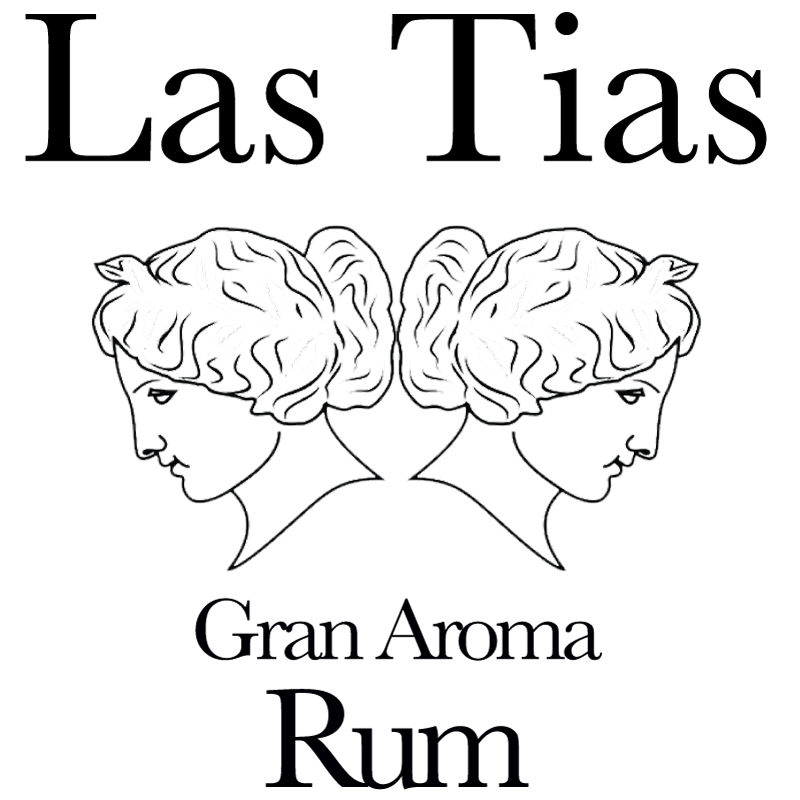French method rum production
French method rum production is a style of rum-making that is predominantly used in the French-speaking Caribbean islands, such as Martinique and Guadeloupe. It is also known as “agricultural rum” or “rhum agricole” in French.
The French method differs from other rum production methods in that it uses fresh sugarcane juice instead of molasses, a by-product of sugar production. This gives the rum a unique flavor profile and aroma that is distinct from other rums.
The process begins with the harvesting of sugarcane, which is then crushed to extract the juice. The juice is then filtered and fermented with yeast to convert the sugar into alcohol. The resulting liquid is then distilled in a traditional copper pot still.
The resulting distillate is then aged on French or American oak. The oak imparts flavors and aromas to the rum, such as vanilla, caramel, and spice, and also contribute to the rum’s color.
French method rum is known for its complexity and depth of flavor, with notes of fruit, spice, and oak. It is often enjoyed neat or in cocktails, and has gained popularity among rum enthusiasts around the world.
Overall, French method rum production is a labor-intensive and traditional process that results in a unique and high-quality rum product.
English method of rum production
The English method of rum production is the traditional method used in English-speaking Caribbean countries such as Jamaica and Barbados. It is also known as “traditional rum” production.
The process begins with the harvesting of sugarcane, which is then crushed to extract the juice. Unlike the French method, which uses fresh sugarcane juice, the English method uses molasses, a by-product of sugar production, as the base for the rum wine.
The molasses is then mixed with water and yeast and left to ferment for a period of time, typically one to three days depending on ambient temperature. The resulting liquid, known as “wash,” is then distilled in a copper pot still.
The rum is then aged ion French or American oak for a period of time, which varies depending on the desired flavor profile.
The oak impart flavors and aromas to the rum, such as vanilla, caramel, and spice, and also contribute to the rum’s color.
The English method of rum production is less regulated than the French method, with more freedom for producers to experiment and innovate. This has resulted in a wide variety of rum styles and flavor profiles, ranging from light and crisp to dark and full-bodied.
English method rum is often used in cocktails and is enjoyed around the world. It is known for its versatility and ability to blend well with other flavors.
Overall, the English method of rum production is a traditional and versatile process that produces a wide variety of high-quality rum products.

